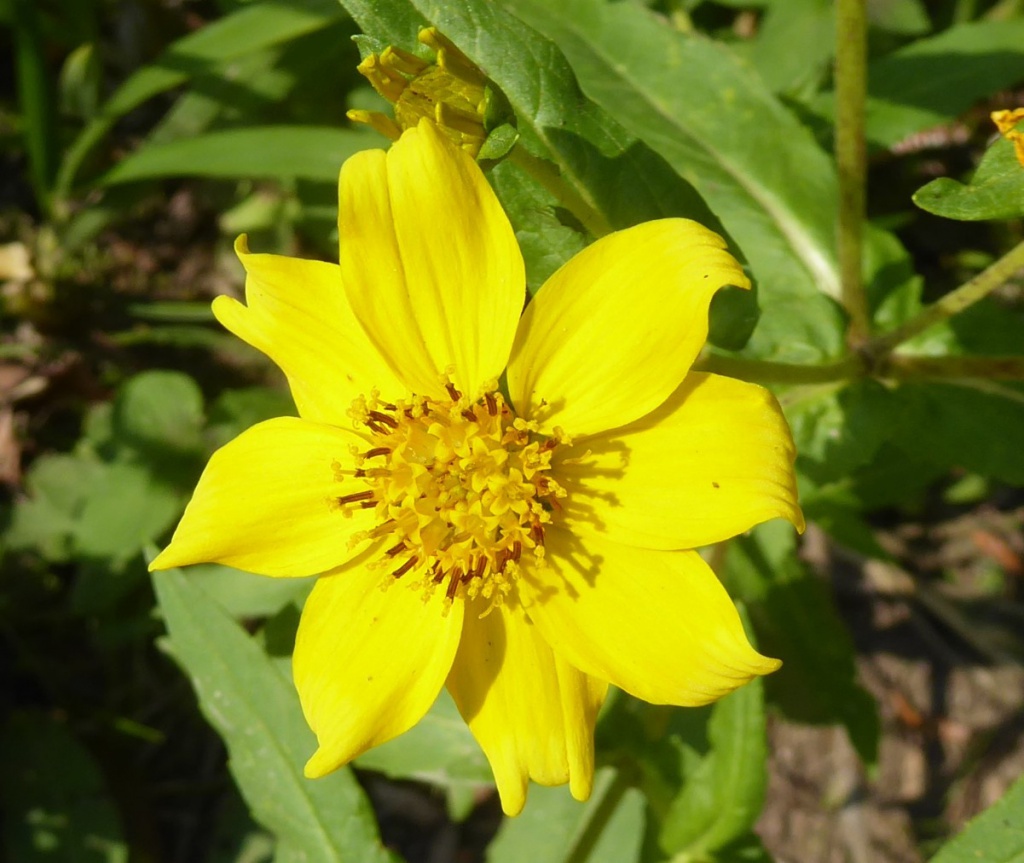New Delhi: In a significant move aimed at bolstering farmers’ incomes and promoting agricultural resilience, the Cabinet Committee on Economic Affairs (CCEA), chaired by Prime Minister Shri Narendra Modi, today approved an increase in the Minimum Support Prices (MSP) for 14 Kharif Crops for the upcoming Marketing Season 2025-26.
This decision underscores the government’s commitment to ensuring remunerative prices for agricultural produce, aligning with the Union Budget 2018-19 announcement of setting MSPs at least 1.5 times the all-India weighted average cost of production.
Among the various Kharif crops, nigerseed saw the highest absolute increase in MSP over the previous year, with a substantial rise of Rs. 820 per quintal. This was closely followed by Ragi, which received an increase of Rs. 596 per quintal. Cotton growers will also benefit from a significant hike of Rs. 589 per quintal, and Sesamum producers will see an increase of Rs. 579 per quintal.
For the staple paddy (common variety), the MSP has been increased by Rs. 69 per quintal, bringing it to Rs. 2,369 per quintal for the 2025-26 marketing season. Paddy (Grade A) also saw a similar increase to Rs. 2,389 per quintal.
Other notable increases include:
- Jowar (Hybrid): Rs. 328 per quintal increase.
- Maize: Rs. 175 per quintal increase.
- Tur (Arhar): Rs. 450 per quintal increase.
- Urad: Rs. 400 per quintal increase.
- Moong: Rs. 86 per quintal increase.
- Groundnut: Rs. 480 per quintal increase.
- Sunflower Seed: Rs. 441 per quintal increase.
- Soybean (Yellow): Rs. 436 per quintal increase.
The expected margin to farmers over their cost of production is estimated to be highest in bajra (63%), followed by maize (59%), tur (59%), and urad (53%). For the remaining crops, the margin is estimated at 50%.
The government has emphasized its ongoing strategy to promote the cultivation of crops other than cereals, such as pulses, oilseeds, and nutri-cereals (Shree Anna), by offering higher MSPs for these crops. This initiative aims to encourage crop diversification and enhance nutritional security.
This latest hike in MSPs is expected to provide substantial relief and encouragement to farmers across the country, contributing to improved farm incomes and a more robust agricultural sector.


